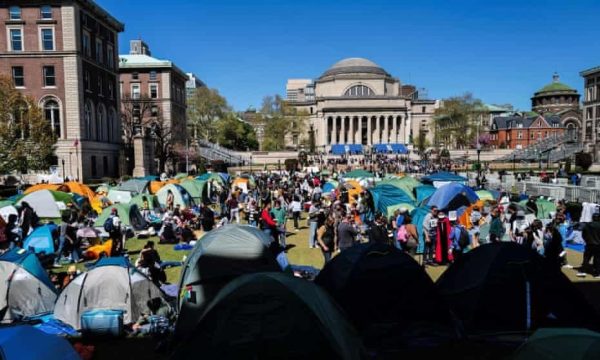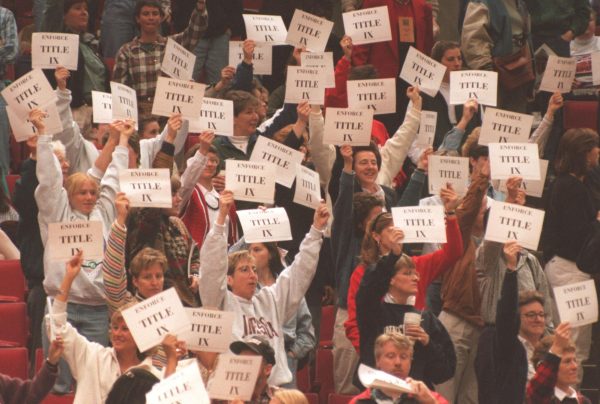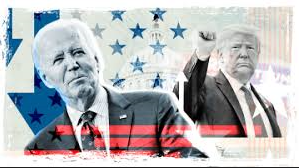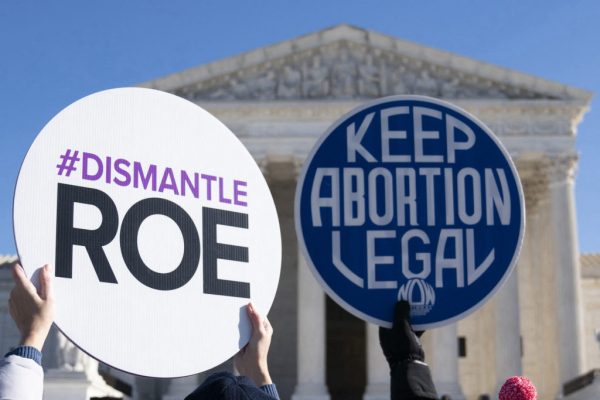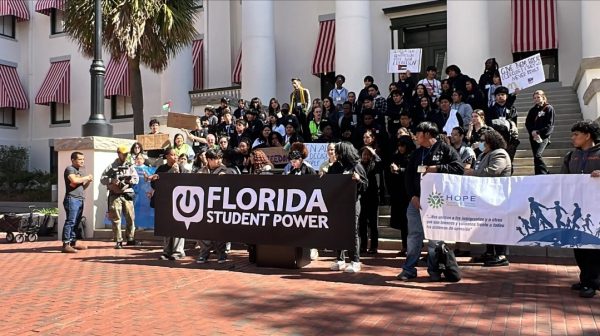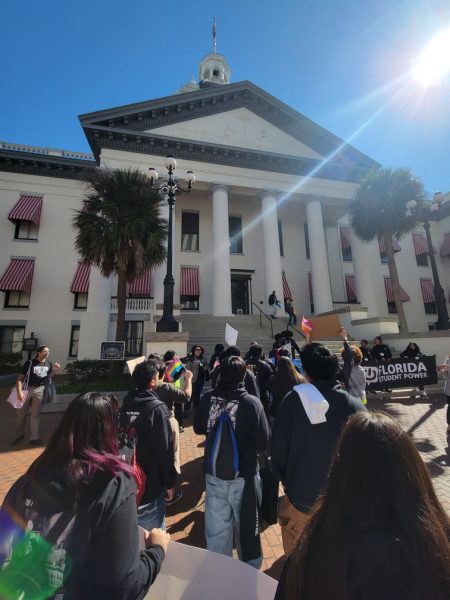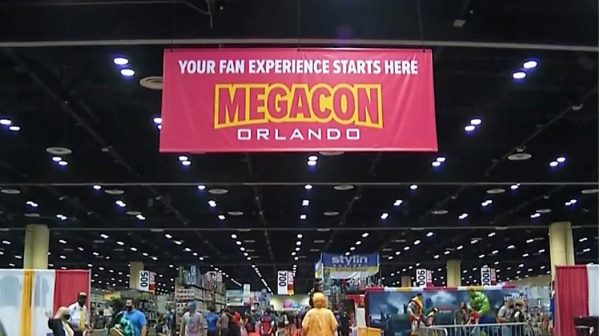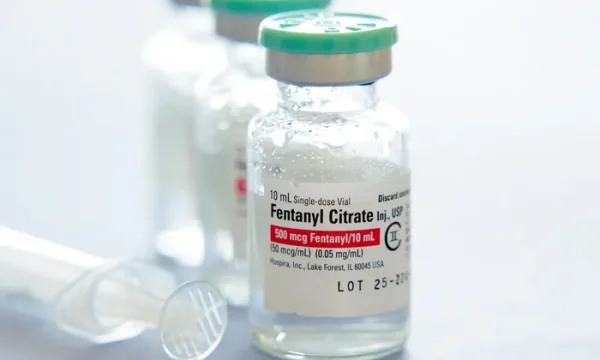The 4th MLB Lockout and What It Means for Baseball
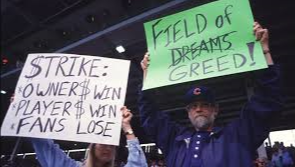
On December 1st, 2021, at 11:59 p.m. the MLB’s Collective Bargaining Agreement (CBA) expired. The CBA governs the working relationships between players and their ballclubs. In response to this, the MLB instituted a lockout for all teams. This will be the ninth labor stoppage in the MLB’s history, with the most recent one occurring 26 years ago, where the 1994 World Series ended up being canceled due to a players strike.
So what exactly is a lockout? Simply put, it means that all teams must shut down operations for the time being. It also means that players can’t visit team facilities or communicate with coaches or other team officials. Additionally, it means that teams can’t organize trades or sign free agents.

It is important to note the difference between a lockout and a strike. In the latter, it is a refusal of players to play, which is not the case in this instance. In the MLB’s history, five strikes have led to a combined 1737 game cancellations, while three lockouts have led to no game cancellations. With this in mind, it is evident why the MLB’s owners voted to institute what they described as a “defensive” lockout to prevent players from striking.
The lockout won’t end until a new CBA is agreed upon between the MLB and the MLBPA. There will be a soft deadline of reaching an agreement before Spring Training starts, however cancellation of Spring Training is a likely scenario. Less likely, is a cancellation or shortening of the regular season, as both sides would be negatively impacted by fewer games.
The MLB Players Association (MLBPA) has several demands for the new CBA. The first is for players to be allowed to enter free agency earlier on in their careers. The second is for younger players to start getting paid earlier. For example, Vladimir Guerrero Jr, a 22 year old who was an MVP finalist in the 2021 season, makes less than $1 million, despite being at the top of the league. The third demand is to have disincentives for teams tanking. Tanking refers to teams losing a lot of games to get earlier picks in the draft, to hopefully improve their team in future seasons.
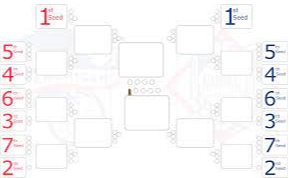
The big thing that the owners want is expanded playoffs. The proposed format would have seven teams from each league in the playoffs, compared to the current five. The number 1 seed would receive a bye, and the other two division winners would be allowed to choose which team they would like to play in the best of three wild card round. From that point, four teams would remain in the divisional round, same as the current format. The other proposal offered is to have a draft lottery, as an answer for the players’ concerns about tanking.
The only thing for certain is that this lockout will last into 2022. There are still plenty of negotiations to be done between the players and owners. Both parties will still look to reach an agreement before the regular season starts, to avoid losing potential revenue or wages. It is important to consider that they are still in the negotiation phase, so all of these or none of these demands could come to fruition.
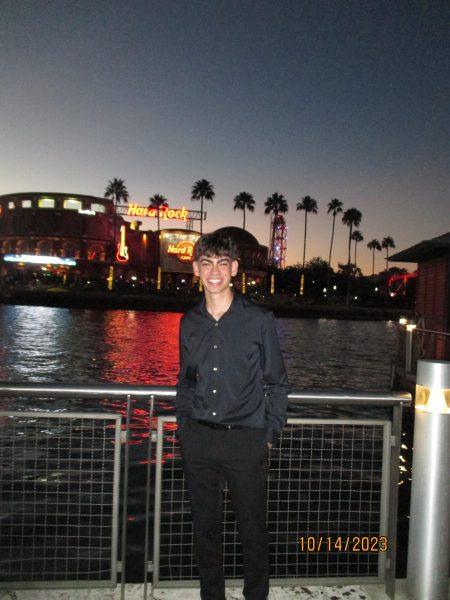
I’m Elijah Nuebel, a senior at Apopka High. I have been on The Blue and White for the last two years as a staff writer, and this year I am proud to be...

